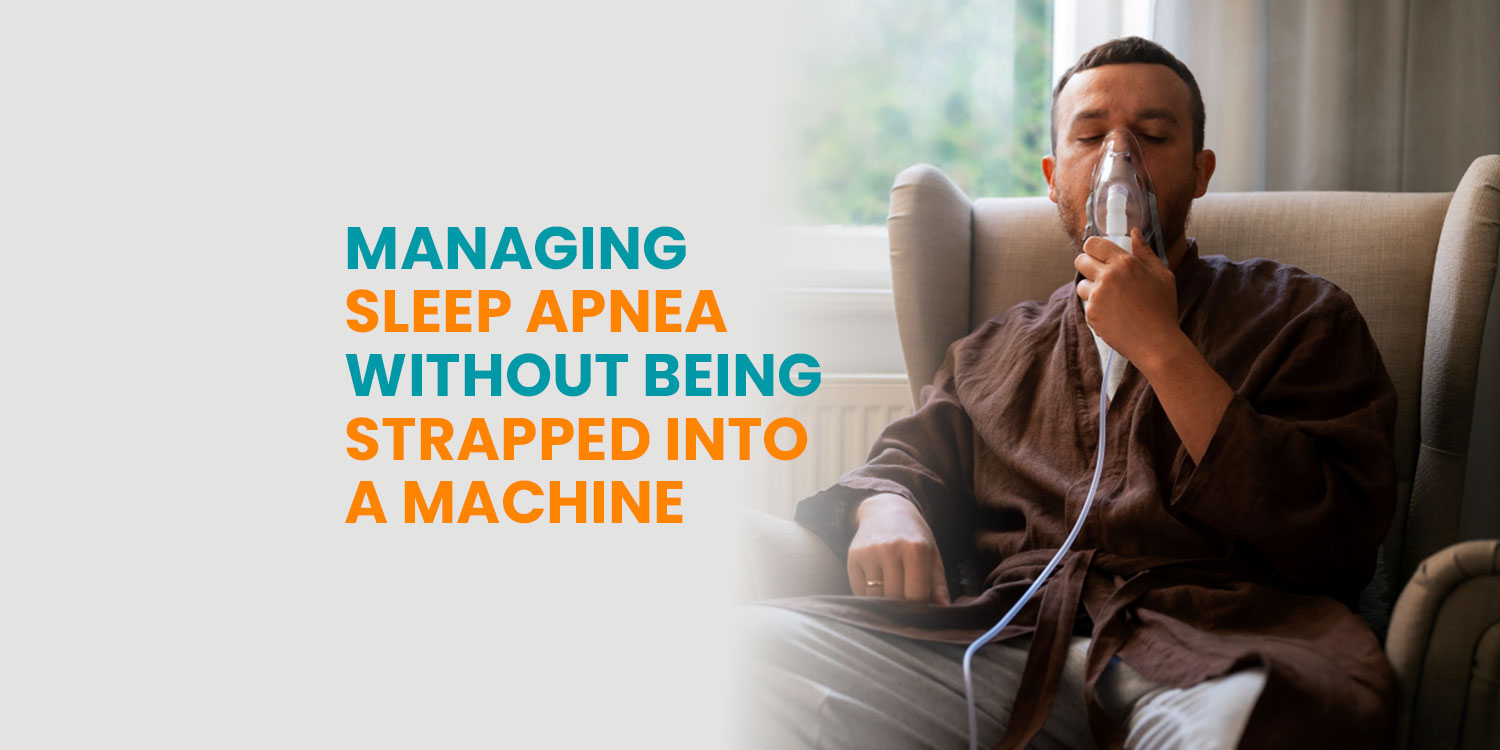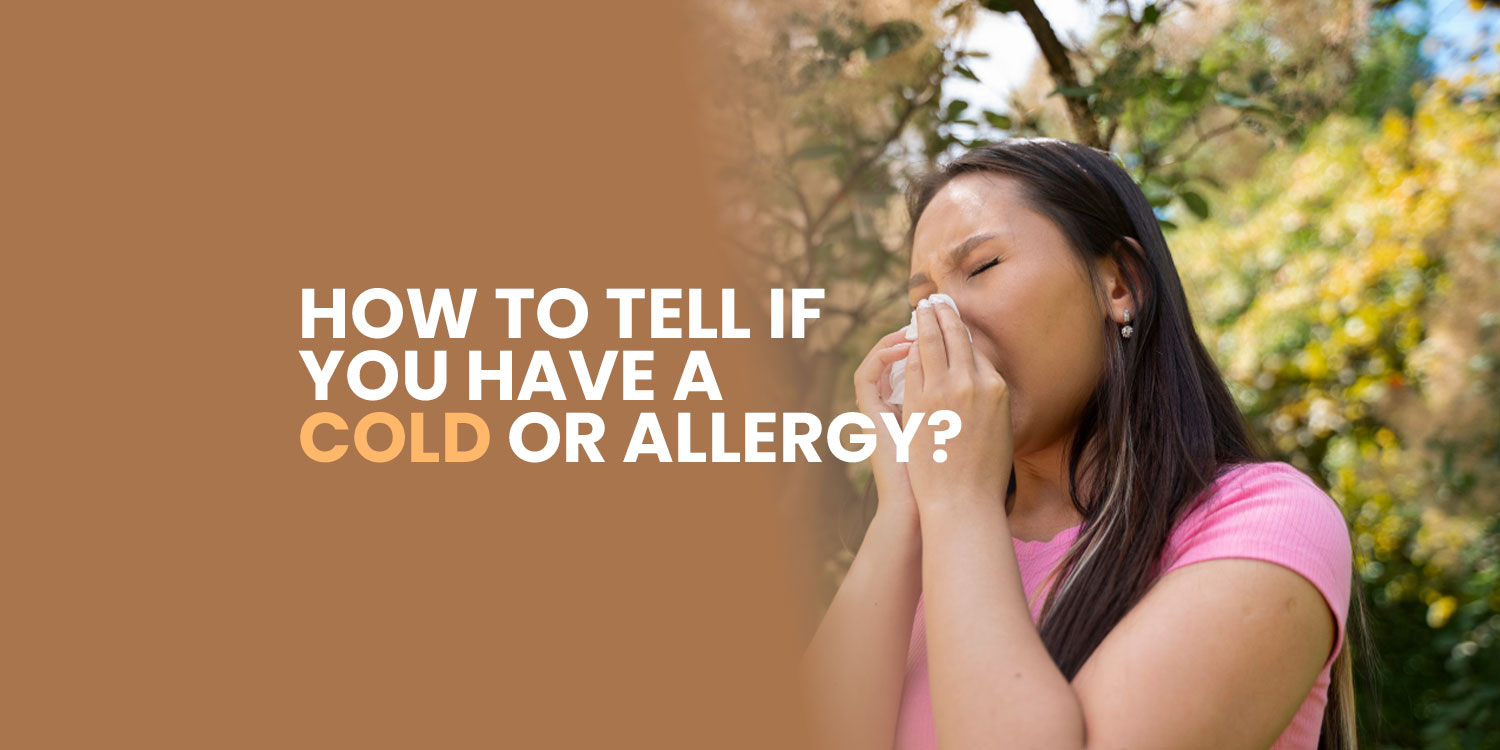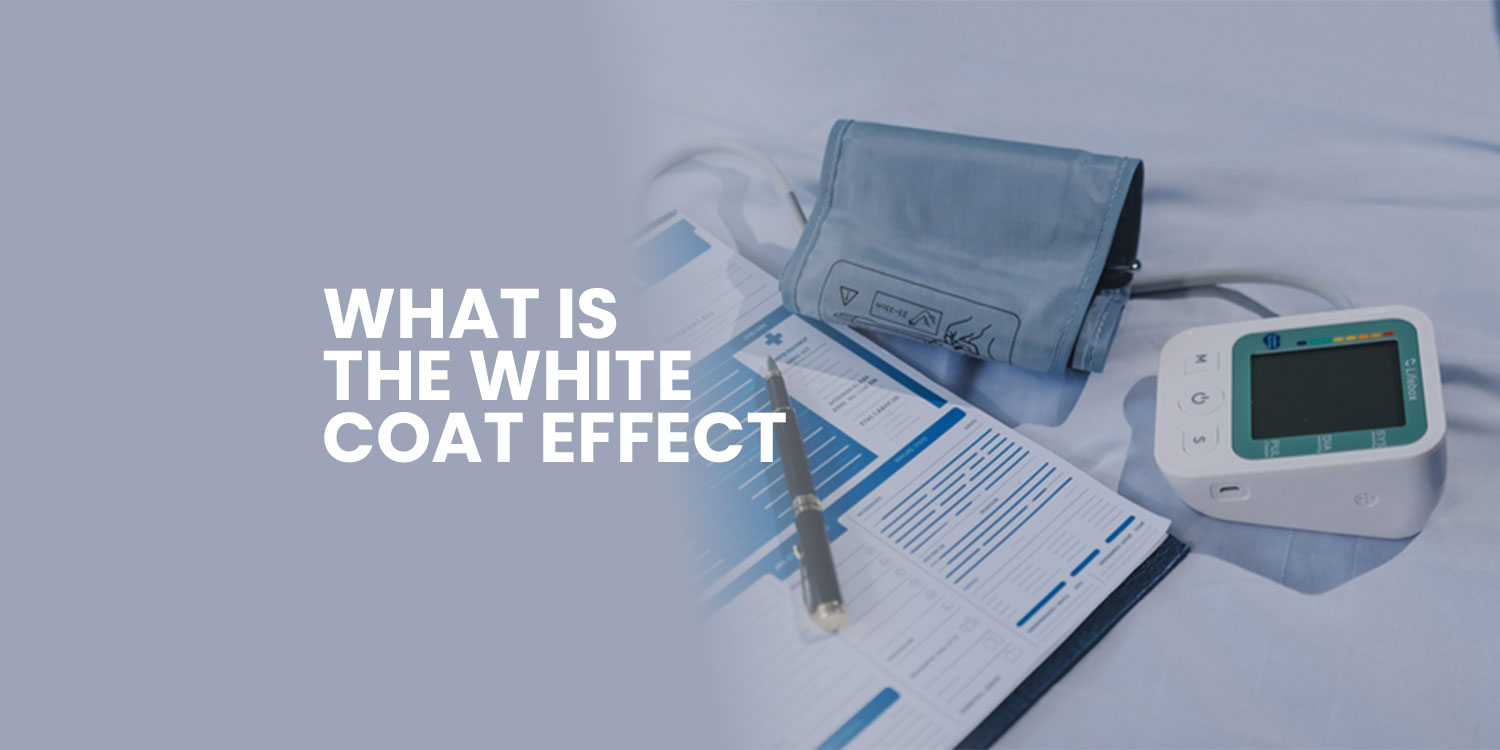Struggling with a CPAP Machine? Here Are Other Ways to Manage Sleep Apnea
Using a sleep apnea machine isn’t the easiest thing to get used to. Having a mask strapped to your face with a hose attached to a machine can feel unnatural and uncomfortable, especially when you’re trying to get a good night’s sleep. But before resigning yourself to the CPAP struggle, you might be wondering: Are there other ways to manage sleep apnea?
The answer is yes! While CPAP machines are highly effective, there are several other strategies that may help reduce your sleep apnea symptoms. Here are some alternative approaches to try:
1. Lose Weight
Excess weight, especially around the neck, can contribute to sleep apnea by narrowing your airway. Studies show that even a 10% decrease in body weight can significantly improve breathing during sleep (Peppard et al., 2000). If you’re overweight, incorporating a healthy diet and regular exercise into your routine could lead to noticeable improvements.

2. Try Different Sleeping Positions
The position you sleep in can impact the severity of your sleep apnea. Sleeping on your back tends to worsen the condition because gravity causes the tongue and soft tissues in your throat to collapse, blocking airflow. Sleeping on your side can help keep your airway open and reduce symptoms (Oksenberg et al., 2000). Some people find that using a body pillow or positional therapy devices helps maintain a side-sleeping position throughout the night.
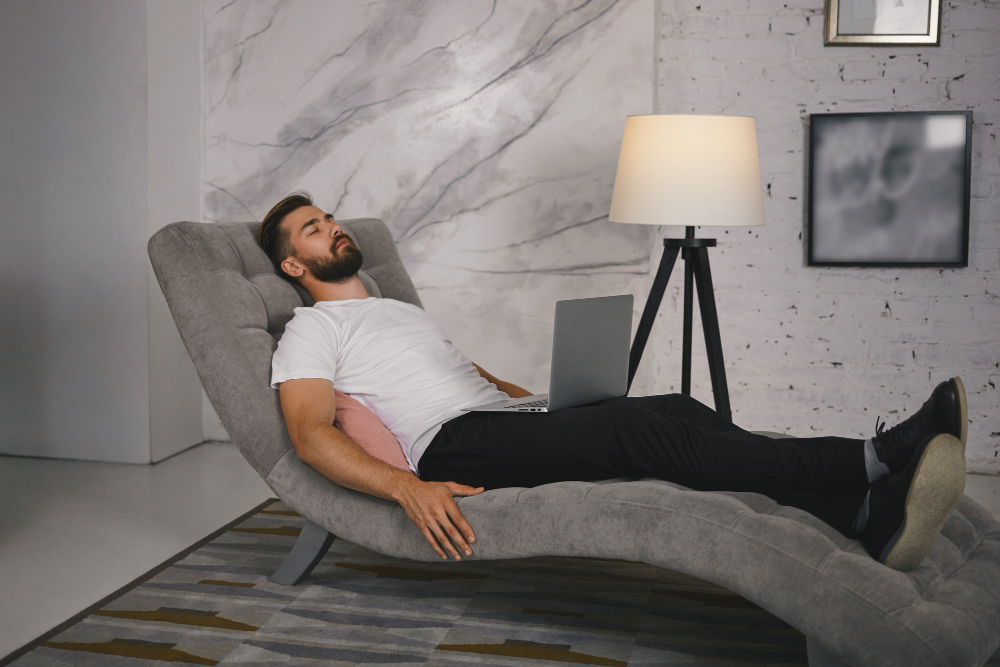
3. Use a Humidifier
Dry air can irritate your respiratory system and make breathing more difficult. A humidifier adds moisture to the air, which can help keep your throat and nasal passages open. If you frequently experience congestion, you might also benefit from using a medicated nasal spray to clear your nasal passages before bed (Krieger, 2000).
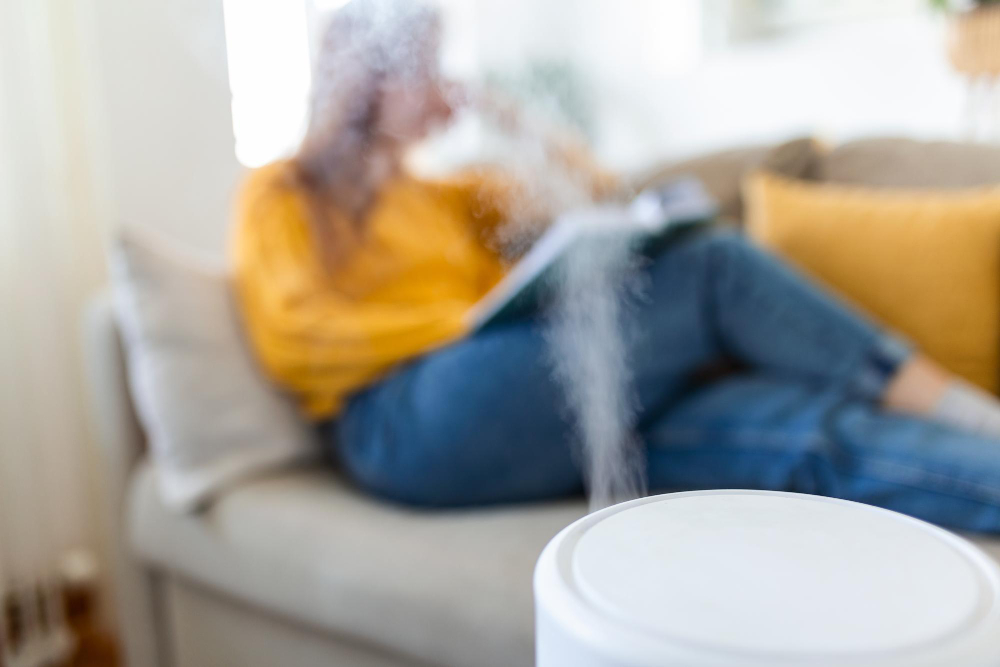
4. Avoid Alcohol and Smoking
Both alcohol and smoking can worsen sleep apnea symptoms. Alcohol relaxes the muscles in your throat, making it easier for your airway to collapse while you sleep. Smoking causes inflammation and swelling in your airways, making breathing more difficult (Yucesoy et al., 2015). Cutting back or quitting these habits can significantly improve your sleep quality and overall health.
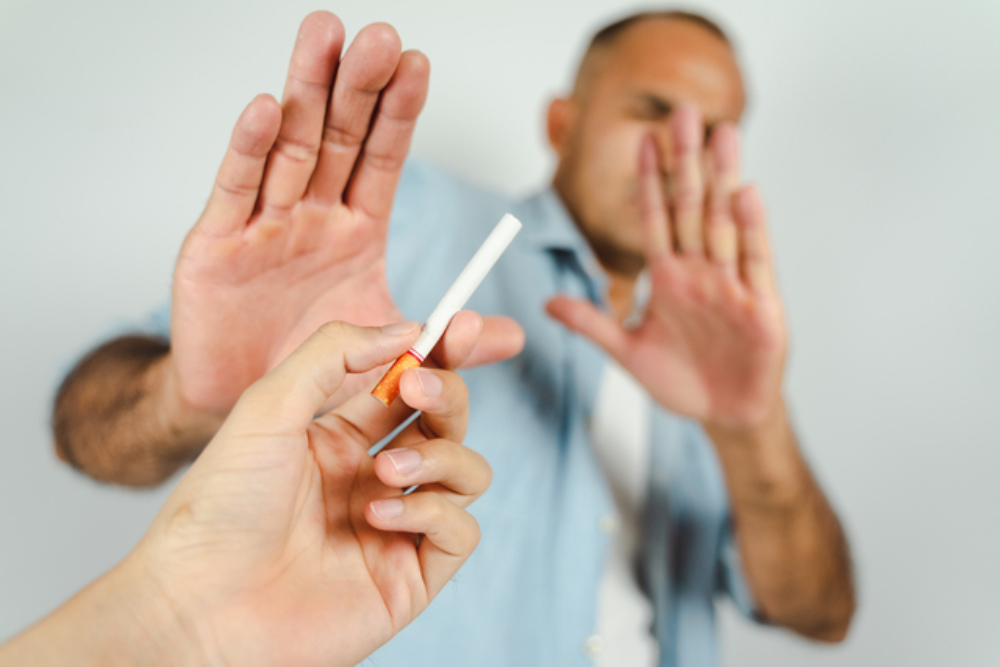
5. When to Consider a CPAP Machine
Both alcohol and smoking can worsen sleep apnea symptoms. Alcohol relaxes the muscles in your throat, making it easier for your airway to collapse while you sleep. Smoking causes inflammation and swelling in your airways, making breathing more difficult (Yucesoy et al., 2015). Cutting back or quitting these habits can significantly improve your sleep quality and overall health.

Final Thoughts
Managing sleep apnea doesn’t always mean jumping straight to a CPAP machine. By making small but impactful lifestyle changes, you may be able to improve your symptoms naturally. However, if your sleep apnea remains severe, using a CPAP machine can be a game-changer.
Have you tried any of these strategies? Let us know what worked for you!
References
Epstein, L. J., Kristo, D., Strollo, P. J., Friedman, N., Malhotra, A., Patil, S. P., … & Weinstein, M. D. (2009). Clinical guideline for the evaluation, management and long-term care of obstructive sleep apnea in adults. Journal of Clinical Sleep Medicine, 5(3), 263–276. https://doi.org/10.5664/jcsm.27497
Krieger, J. (2000). Nasal obstruction and sleep-disordered breathing: The nose and OSA. Sleep Medicine Reviews, 4(5), 379–390. https://doi.org/10.1053/smrv.2000.0119
Oksenberg, A., Arons, E., Nasser, K., & Radwan, H. (2000). The effect of body posture on sleep-related breathing disorders: Facts and therapeutic implications. Sleep Medicine Reviews, 4(5), 385–401. https://doi.org/10.1053/smrv.2000.0121
Peppard, P. E., Young, T., Palta, M., Dempsey, J., & Skatrud, J. (2000). Longitudinal study of moderate weight change and sleep-disordered breathing. JAMA, 284(23), 3015–3021. https://doi.org/10.1001/jama.284.23.3015
Yucesoy, B., Yilmaz, A., Yilmaz, D., & Kaya, S. (2015). Effect of smoking on sleep-disordered breathing in a sleep clinic population. Journal of Clinical Sleep Medicine, 11(6), 637–642. https://doi.org/10.5664/jcsm.4778

